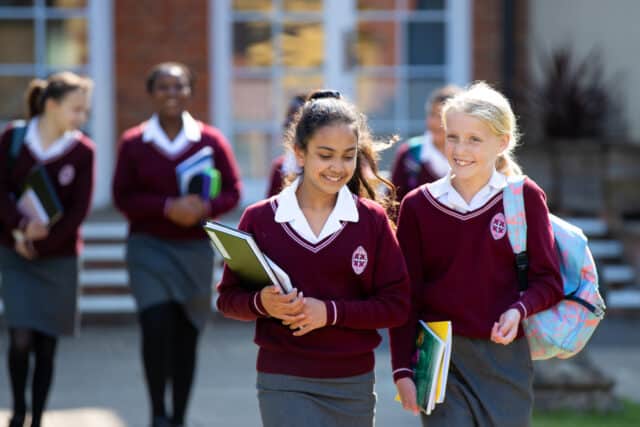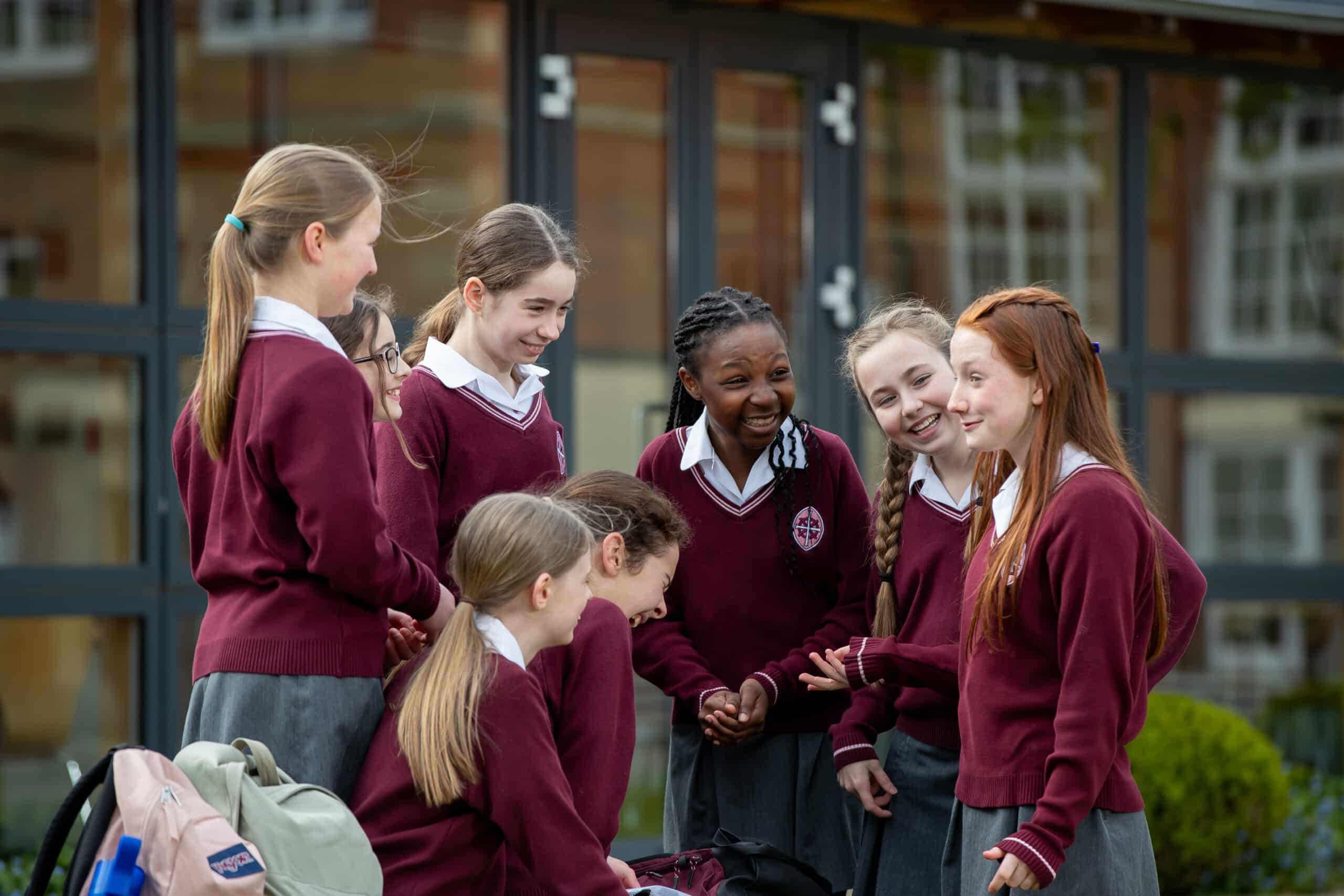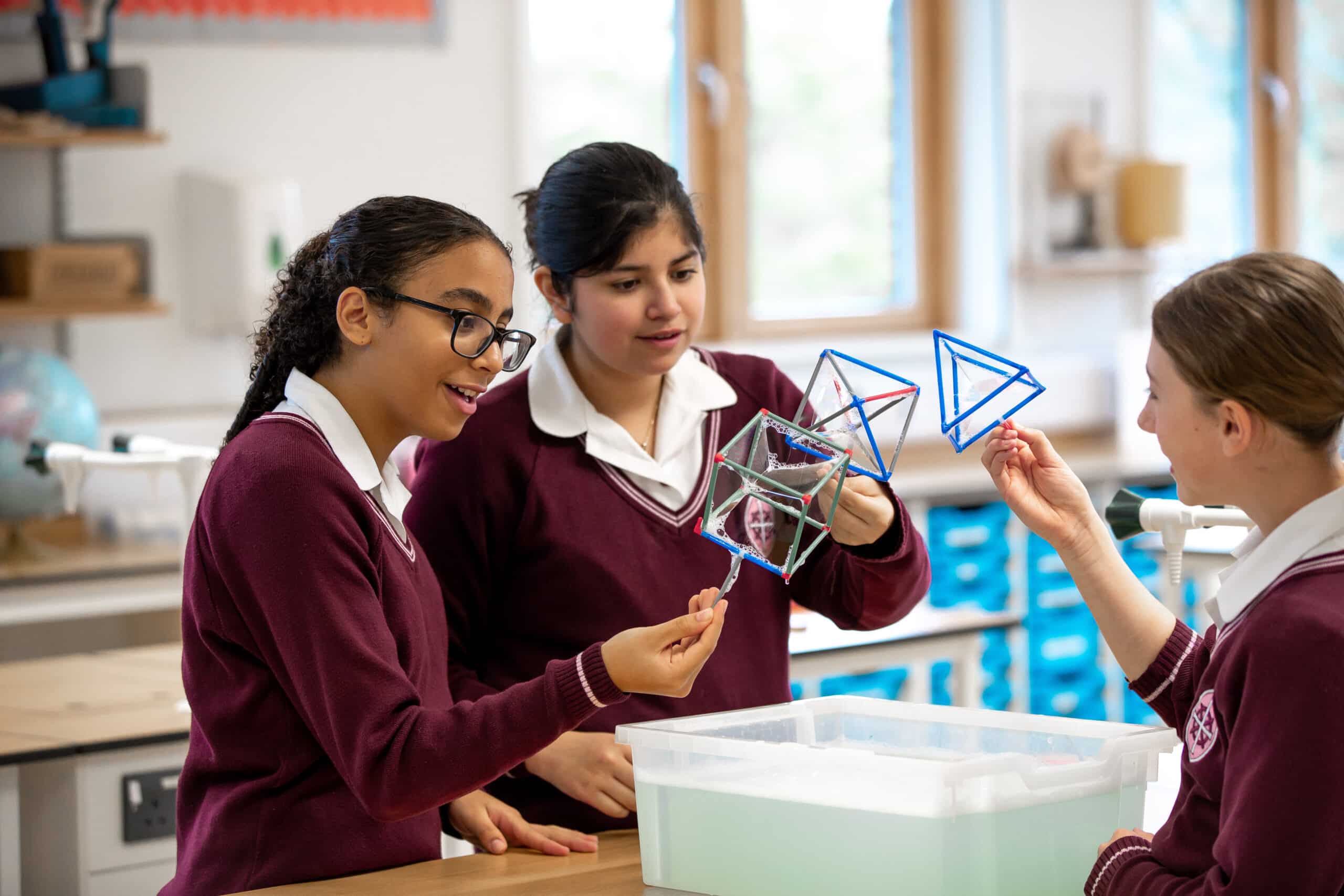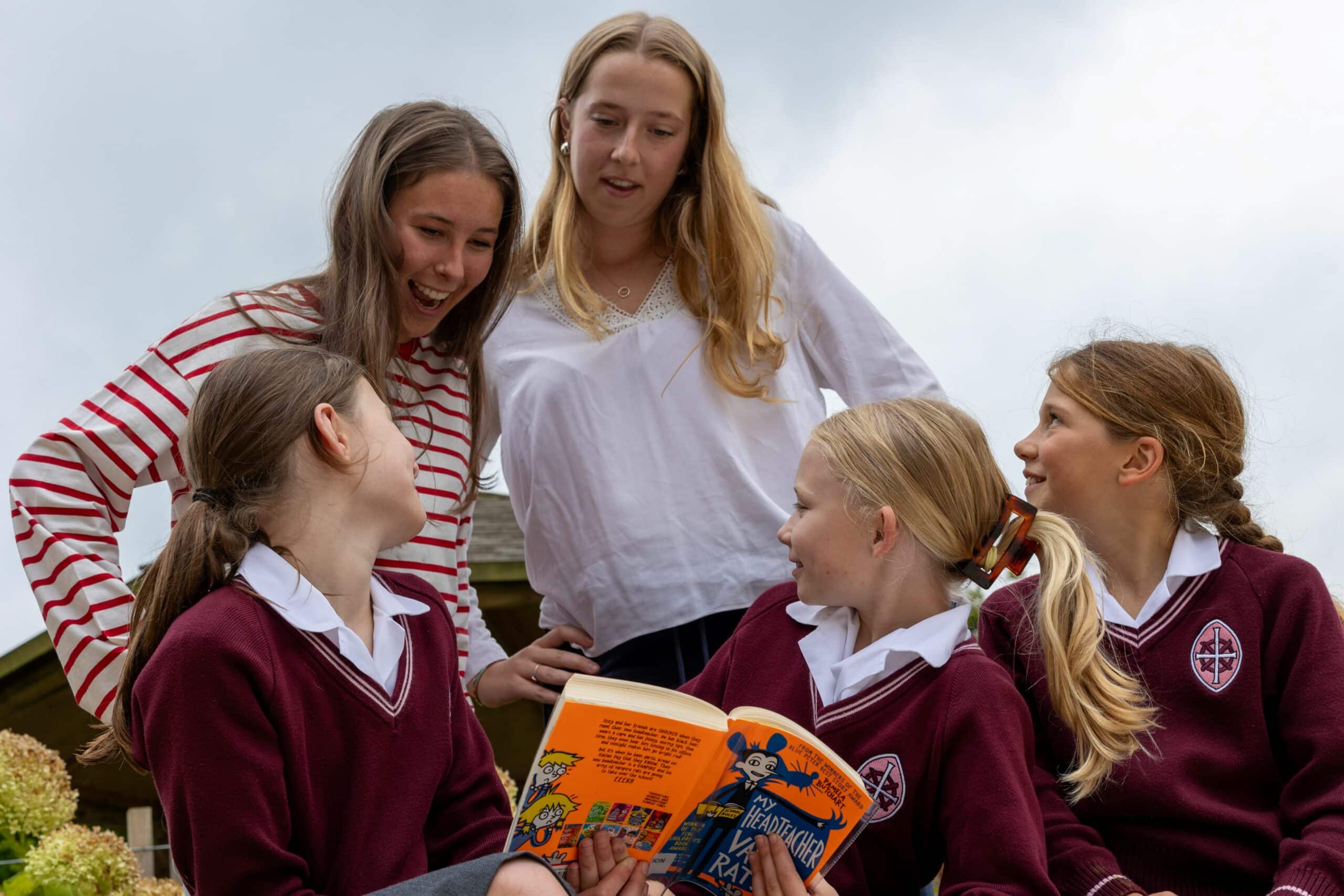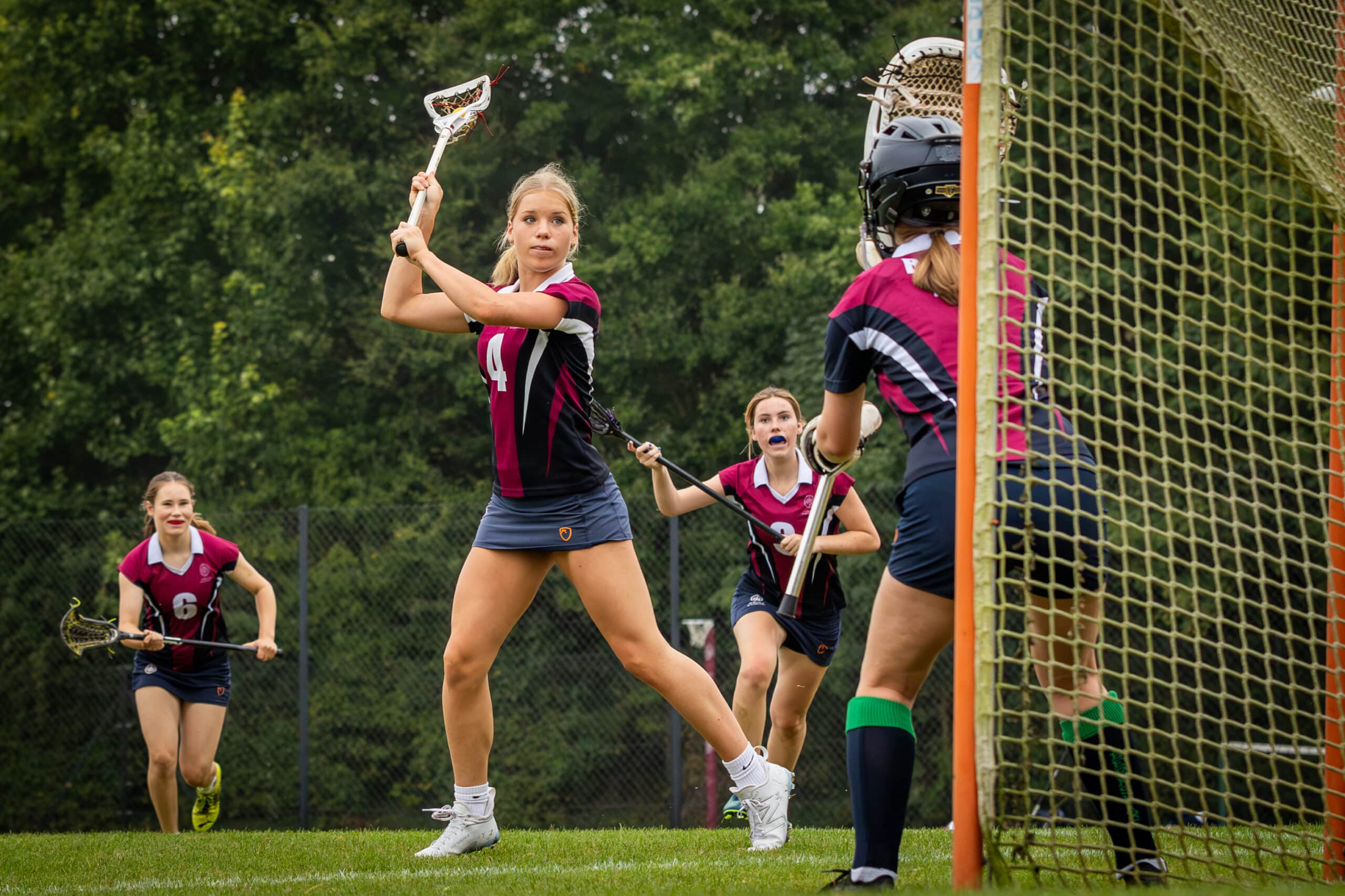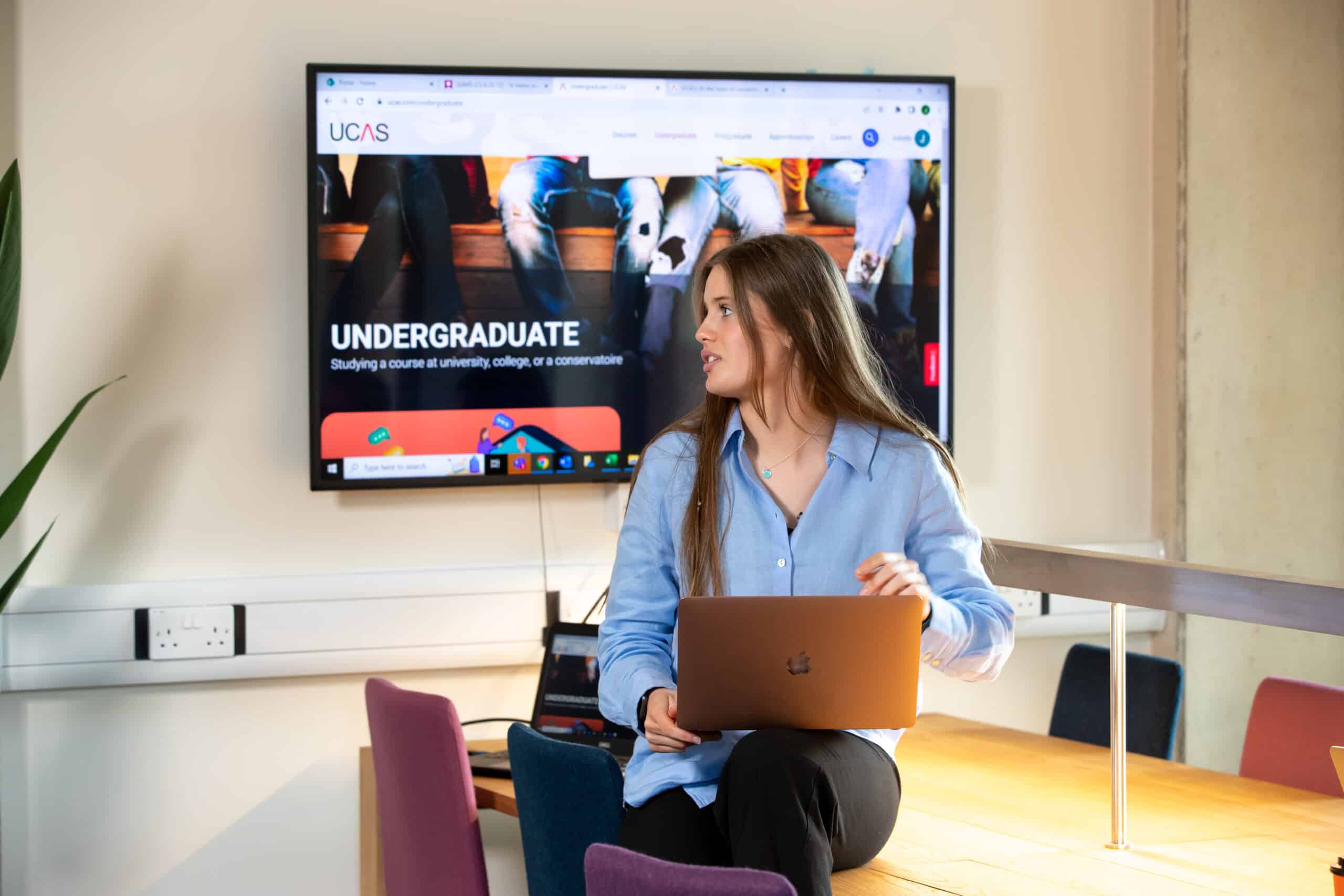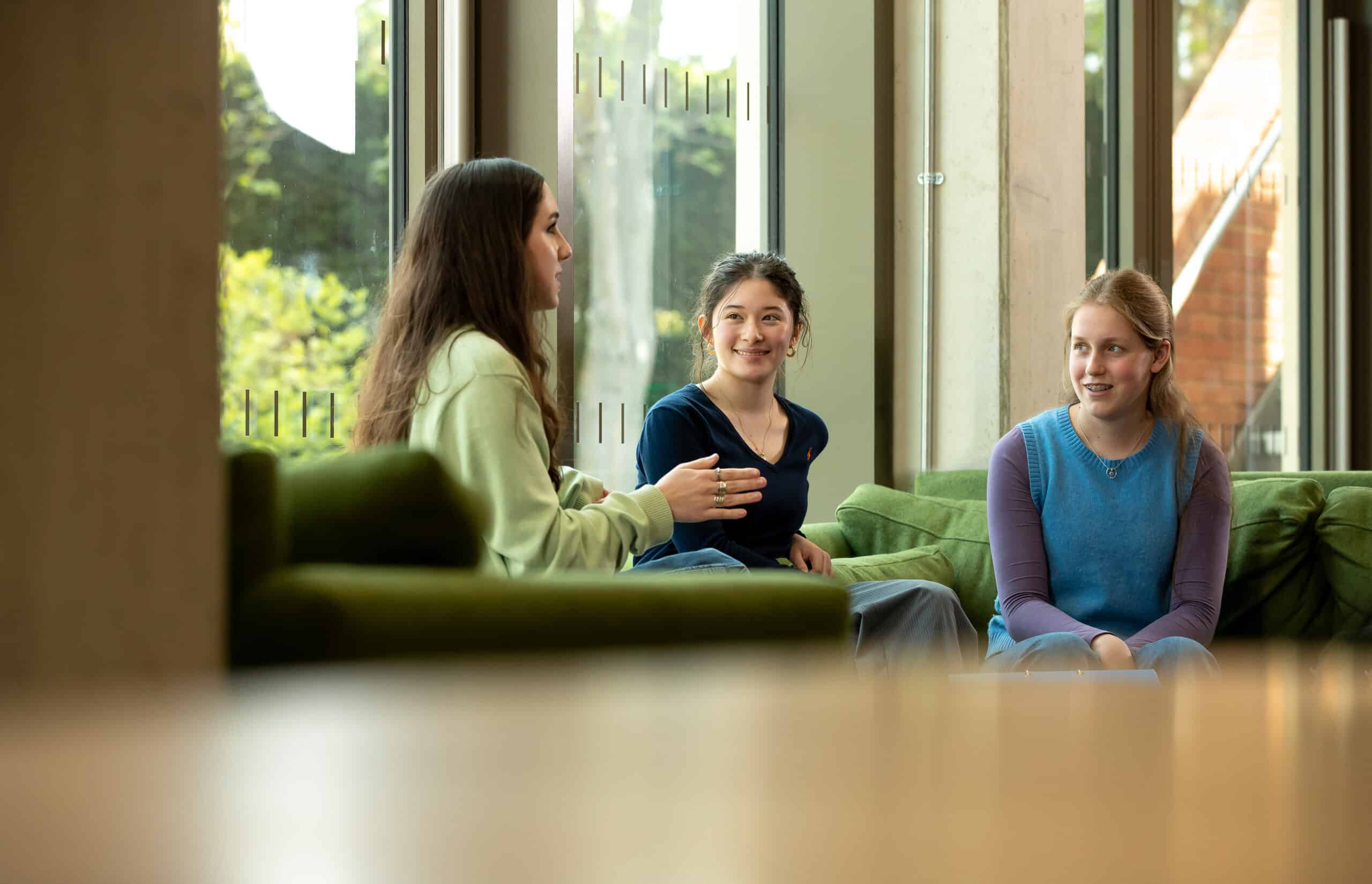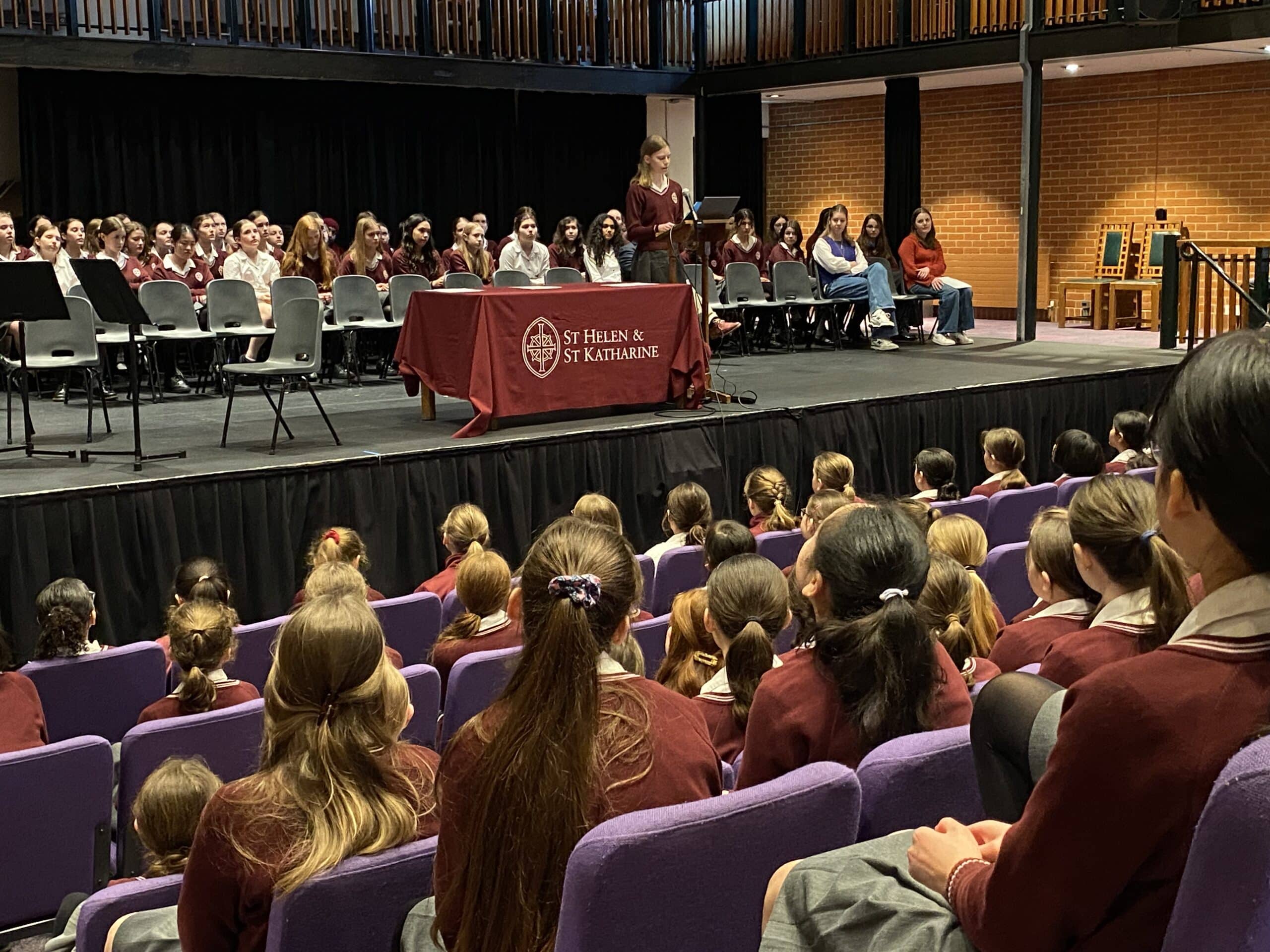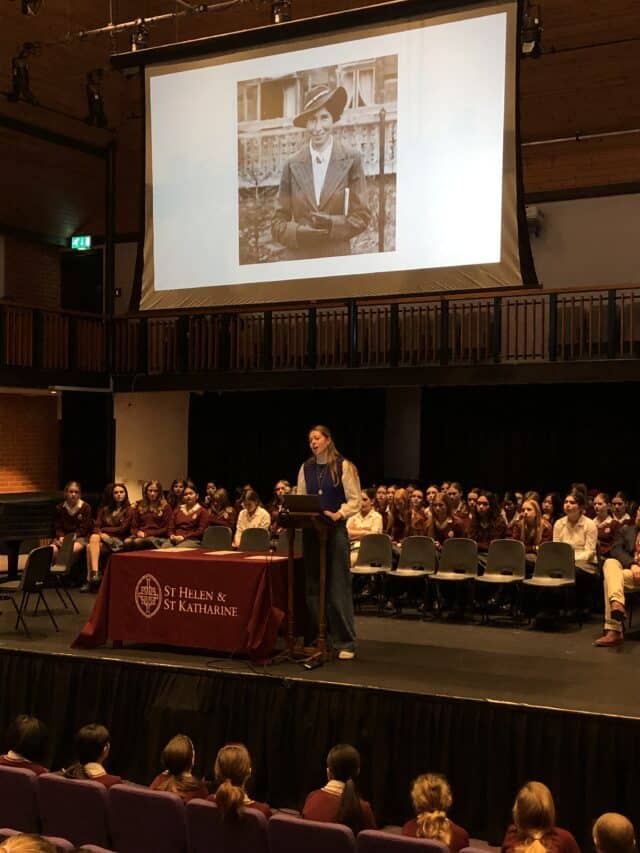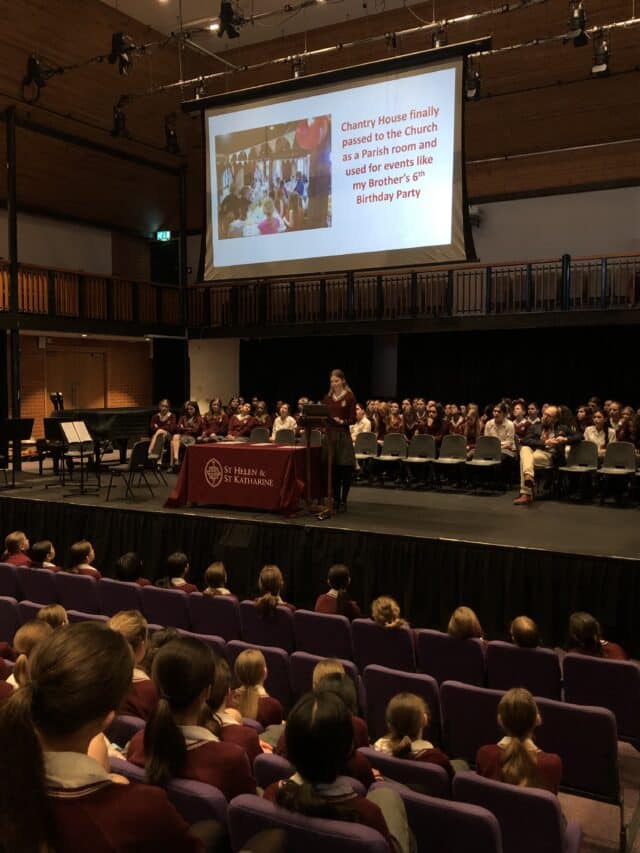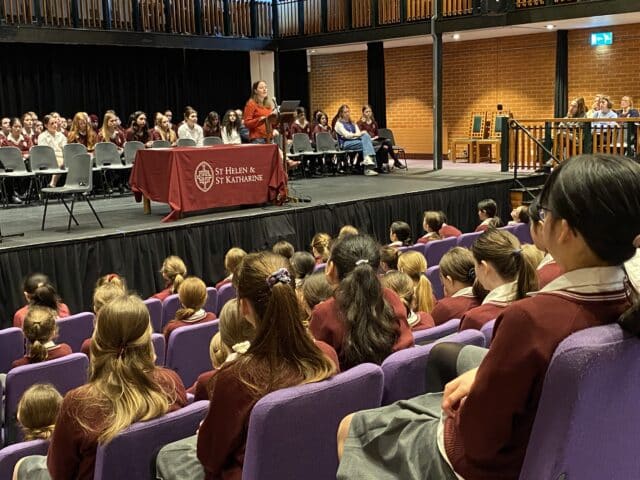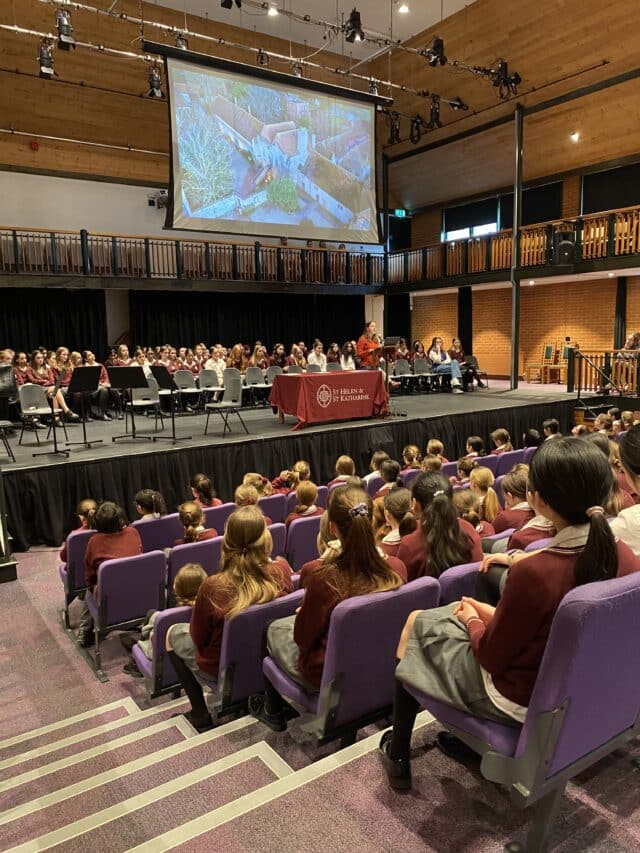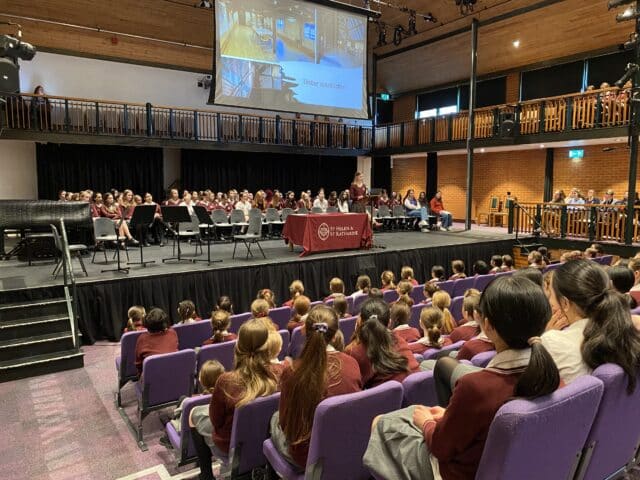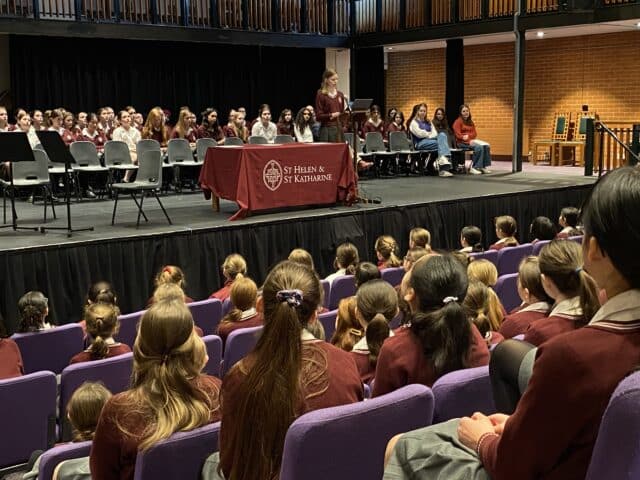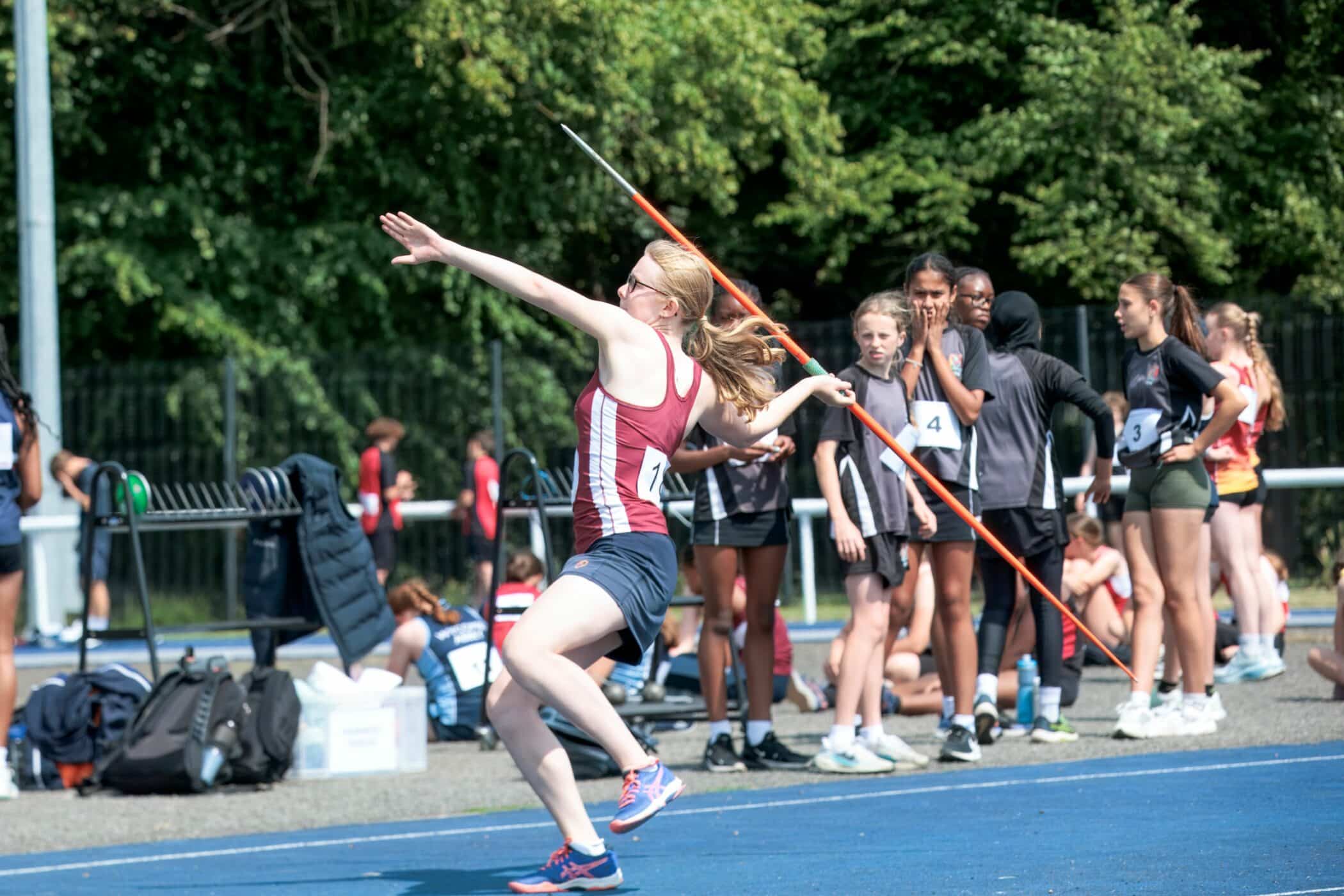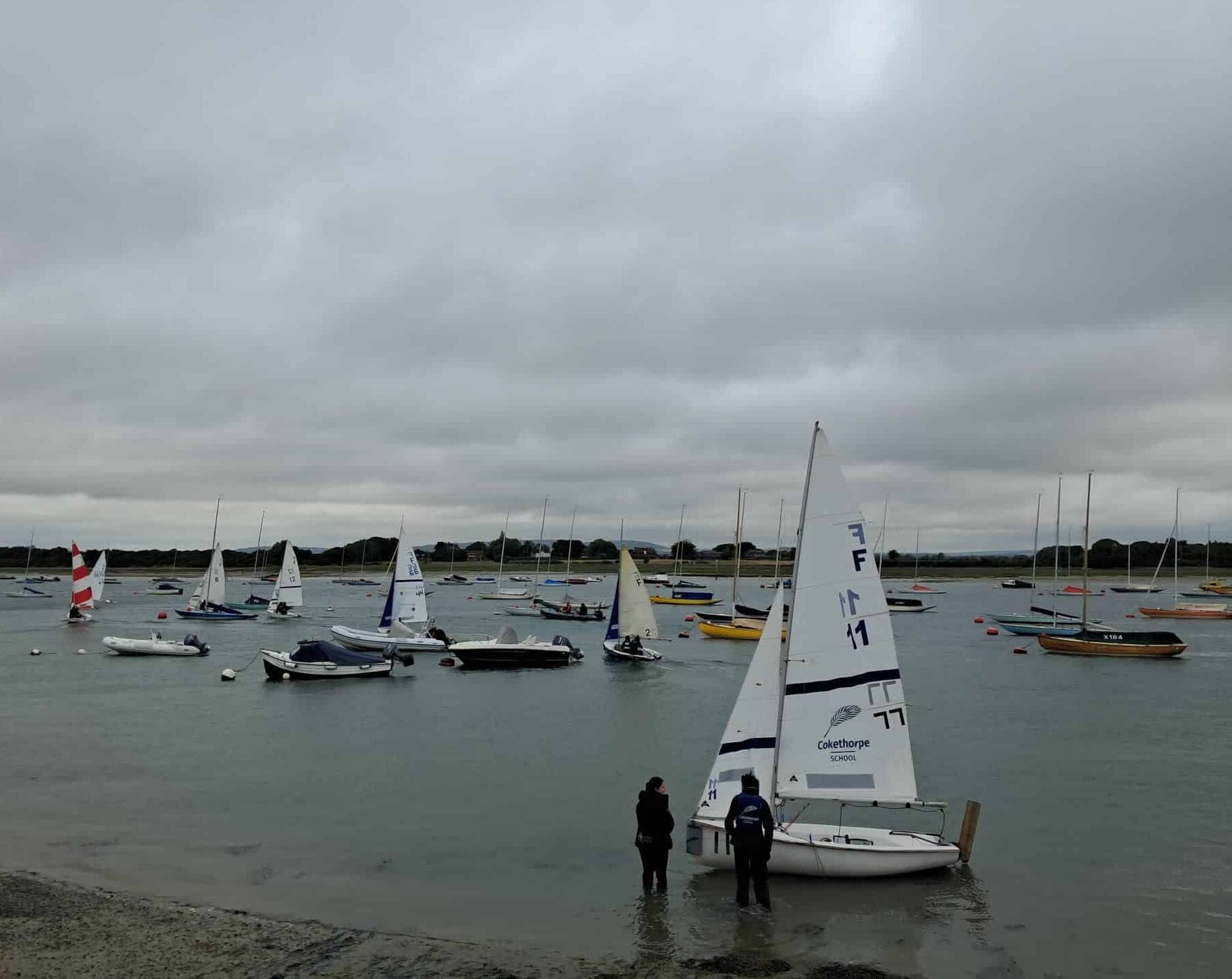Over the past couple of months, students in Year 10–Upper Sixth have been competing in the Historical Association’s national public speaking competition, The Great Debate.
The competition gives students 5 minutes to present a speech arguing their case for a specific question, with this year’s challenge being: Which historical place or person from your local area deserves greater recognition?
Several of our students did particularly well in the competition but it was Daisy (L6G) who went through to the regional heats hosted at Trinity College, Cambridge. Sharing her experience, Daisy said: ‘When I first read the question for this year’s competition, I knew that I would be much more interested in researching a person, rather than a place, as the study of the impact of individuals in history has always interested me. However, the task of finding a unique yet well-researched person in my local area was quite a challenge.
‘I was inspired by a novel I was reading at the time about British espionage during the Cold War. My interest in spies during the Cold War led me to stumble upon Ursula Kuczynski, who lived in my local area and has been largely underestimated for her achievements. Ursula also struck me as an interesting person as her ideology and Russian heritage presented her as a slightly unusual character to be arguing greater recognition for.’
Isabella (10M), who also competed, said: ‘When considering my entry for The Great Debate, I immediately thought about the picture postcard places of Henley but on a further stroll I remembered a hidden gem tucked away behind the churchyard. Upon visiting Chantry House again, I discovered its stories by conversing with locals and researching old archive newspapers about its usage as a merchant house, a schoolhouse, a brewers and a parish church room – as well as a venue for my brother’s birthday party!
‘Chantry House is an extraordinary, diverse and peculiar building; how many buildings have two storeys one side and three on the other? It deserves more recognition than a medal can ever achieve – particularly when it has two VV’s etched onto the back of a re-used windowsill as protection from Virgin Mary.’
Annabella (L6G), who chose to research Abingdon’s Abbey for her submission, added: ‘I decided to research Abingdon Abbey because I have always been curious about the medieval monument that sits in the middle of our town. The abbey was a powerful landowner in the Middle Ages and one of the richest abbeys in the country at the time of its dissolution in 1538. Sadly, most of the buildings were demolished, but those that remain still play a role in the local community, such as the Unicorn Theatre. I found it very interesting to discover how important monasteries were to people before the Reformation and learn more about the history of Abingdon.’

